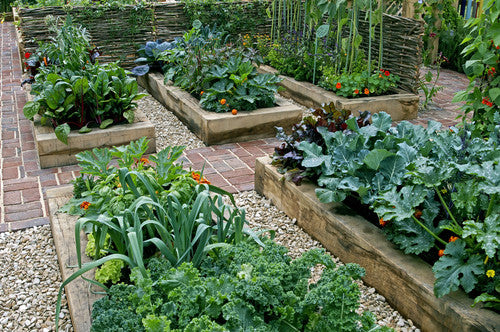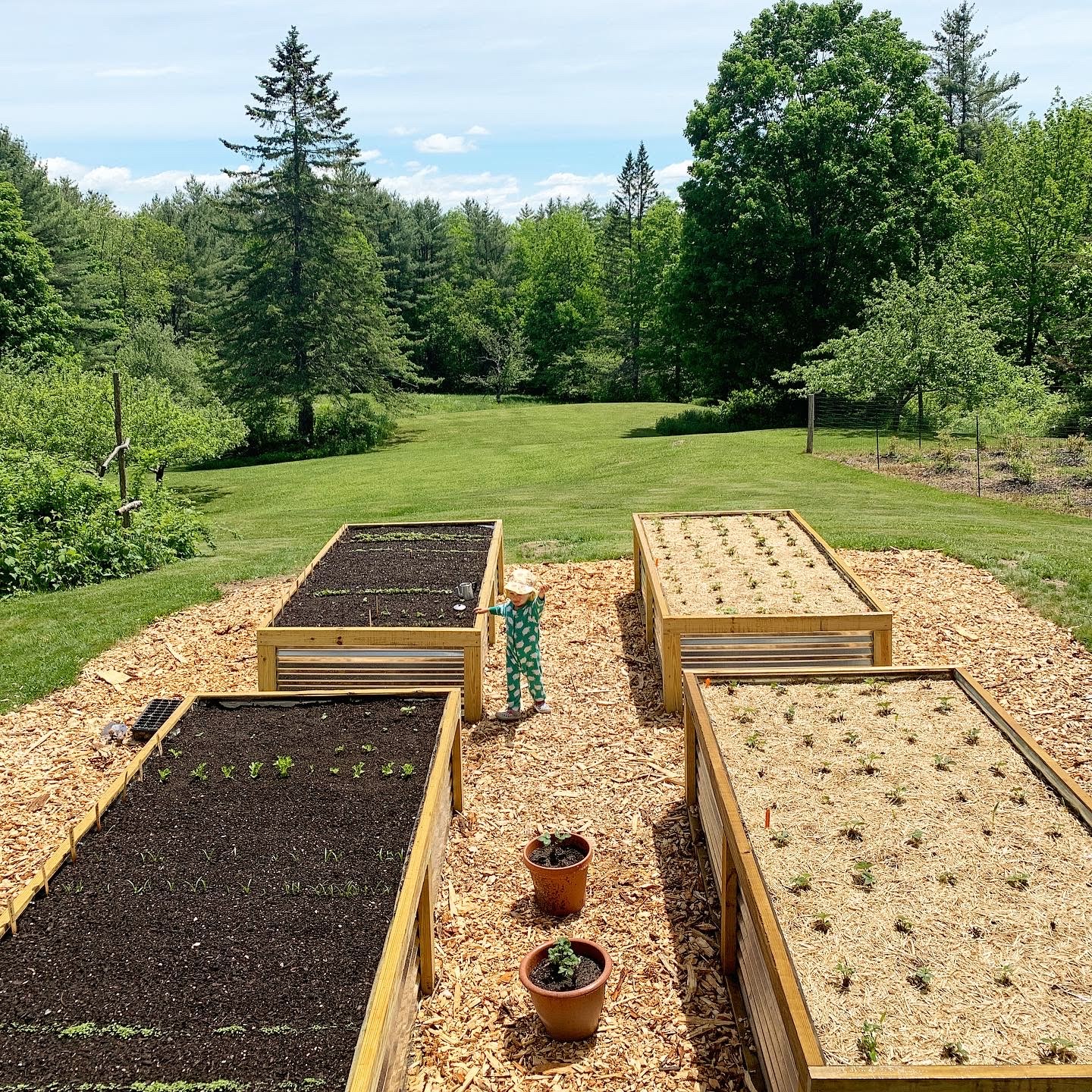How to Go Green with Homestead Gardening
How to Go Green with Homestead Gardening
Blog Article
Discover Essential Tips for Successful Horticulture Techniques and Practices
Gardening, frequently seen as a simple activity, includes a series of techniques and techniques that can significantly affect the end result of your initiatives. By prioritizing crucial components such as dirt health and wellness, reliable sprinkling techniques, and suitable plant option, garden enthusiasts can produce a successful environment that sustains dynamic development. In addition, recognizing the subtleties of bug monitoring and seasonal maintenance can even more improve performance. Several lovers neglect vital details that can make or break their horticulture success-- discovering these overlooked facets may reveal the secret to cultivating a growing garden.
Comprehending Dirt Health And Wellness
Soil health and wellness is a basic element of successful gardening, as it directly influences plant development, nutrition accessibility, and environment balance. Healthy and balanced dirt is defined by a rich biodiversity of bacteria, raw material, and a well balanced pH level, which with each other produce an environment favorable to plant growth.
To recognize dirt wellness, one should consider its physical, chemical, and biological residential or commercial properties. The structure and structure of soil affect its capacity to retain wetness and nutrients, while the chemical structure determines the schedule of crucial components like potassium, phosphorus, and nitrogen. Routine soil testing is crucial to examine these elements, permitting gardeners to make informed decisions relating to amendments and plant foods.
Moreover, promoting biological task within the soil is vital for preserving its health and wellness. Practices such as composting, plant rotation, and the usage of cover crops can improve microbial diversity, enhance nutrient cycling, and minimize dirt erosion. By focusing on soil health and wellness, gardeners not only maximize plant development but additionally add to a lasting ecosystem, guaranteeing that their horticulture practices are resistant and eco accountable with time.
Efficient Sprinkling Methods
Making sure that plants obtain the suitable amount of water is crucial for their wellness and growth, especially when paired with a strong structure of dirt health (Homestead Gardening). Efficient watering methods can significantly affect plant vitality, lowering water wastage and advertising ideal development
One fundamental method is deep watering, which encourages origins to expand deeper into the dirt, enhancing drought resistance. This method generally includes watering less frequently however in larger quantities, enabling moisture to permeate the origin zone thoroughly. Timing is additionally critical; early morning is the perfect time to water, as it lessens evaporation and permits foliage to completely dry during the day, minimizing disease risks.
Additionally, employing mulch can assist preserve dirt wetness and manage temperature level, further aiding efficient watering practices. Making use of a drip irrigation system can additionally supply targeted wetness straight to the roots, ensuring that water gets to where it's most required while conserving resources.
Keeping track of rains and dirt dampness degrees can direct adjustments in your watering schedule, ensuring plants receive regular hydration without over-saturation. By adopting these reliable sprinkling strategies, garden enthusiasts can promote a flourishing environment for their plants to thrive.
Plant Selection and Placement
Exactly how can the ideal plant choice and critical positioning change a yard into a prospering community? The harmony in between plant selections and their placement is critical for creating a vivid garden. When choosing plants, consider elements such as climate, soil type, and sunlight exposure. Indigenous types are usually the most effective choice as they are adapted to regional conditions and call for much less upkeep.
Strategic positioning involves arranging plants according to their growth behaviors and requirements. Taller plants ought to be placed at the back of boundaries to avoid shielding much shorter plants. Furthermore, organizing plants with comparable water and light needs can improve their growth and decrease competitors for sources.
Incorporating a diversity of plants not just includes visual charm however also promotes biodiversity, drawing in beneficial pests and pollinators. Take into consideration the seasonal adjustments in your garden; pick a mix of evergreens, perennials, and annuals to make certain year-round rate of interest.
Lastly, remember to assess the mature dimension of plants prior to planting to prevent congestion and guarantee ample air circulation. Thoughtful plant option and critical positioning create a harmonious environment, enabling your garden to prosper while decreasing why not look here obstacles.
Insect and Illness Monitoring
Reliable pest and disease monitoring is crucial for keeping a healthy garden community - Homestead Gardening. A proactive technique, combining cultural, biological, and chemical approaches, can significantly minimize the impact of parasites and conditions on your plants

Biological controls, such as presenting advantageous bugs like ladybugs or aggressive mites, can maintain insect populaces in check without damaging YOURURL.com the environment. Furthermore, maintaining plant health and wellness through appropriate watering, fertilizing, and pruning will certainly bolster their durability against diseases.
When intervention is necessary, go with targeted chemical treatments, making sure to comply with application standards to decrease harm to non-target microorganisms. Always focus on lasting techniques, as they advertise long-lasting yard health and eco-friendly balance. By integrating these techniques, gardeners can successfully manage parasites and illness, making sure flourishing plants and a productive garden.

Seasonal Upkeep Practices
In spring, focus on soil prep work by testing pH levels and adding necessary changes. Consistently check arising plants for insects and conditions.
As summertime approaches, make sure appropriate watering while monitoring for indicators of anxiety or illness. Prune back disordered plants to encourage air circulation and reduce humidity around vegetation. This practice not just enhances plant wellness yet additionally promotes flowering and fruiting.
With the arrival of fall, it's time to get ready for winter season. Clean up fallen leaves and particles to avoid insect problems, and consider planting cover plants to enhance dirt wellness. This resource period is also optimal for separating perennials and planting spring-flowering light bulbs.
Verdict
Successful gardening hinges on the assimilation of audio methods in dirt health, watering, plant choice, parasite management, and seasonal upkeep. By prioritizing dirt testing and microbial diversity, using efficient sprinkling techniques, and picking proper plants, gardeners can create thriving communities. Furthermore, positive insect administration and persistent seasonal upkeep add considerably to total garden vitality. Embracing these strategies cultivates a lasting and efficient horticulture atmosphere, making certain growing growth and durability throughout the changing periods.
By prioritizing necessary aspects such as dirt wellness, efficient watering techniques, and proper plant choice, garden enthusiasts can develop a successful community that supports dynamic growth. By focusing on dirt health and wellness, garden enthusiasts not just enhance plant development but likewise add to a lasting ecological community, making certain that their horticulture practices are resistant and eco accountable over time.
Taller plants ought to be placed at the back of borders to protect against shielding shorter plants. Clean up dropped leaves and debris to prevent parasite infestations, and consider planting cover crops to enhance dirt wellness.Effective gardening hinges on the combination of sound practices in soil wellness, watering, plant choice, parasite administration, and seasonal upkeep.
Report this page